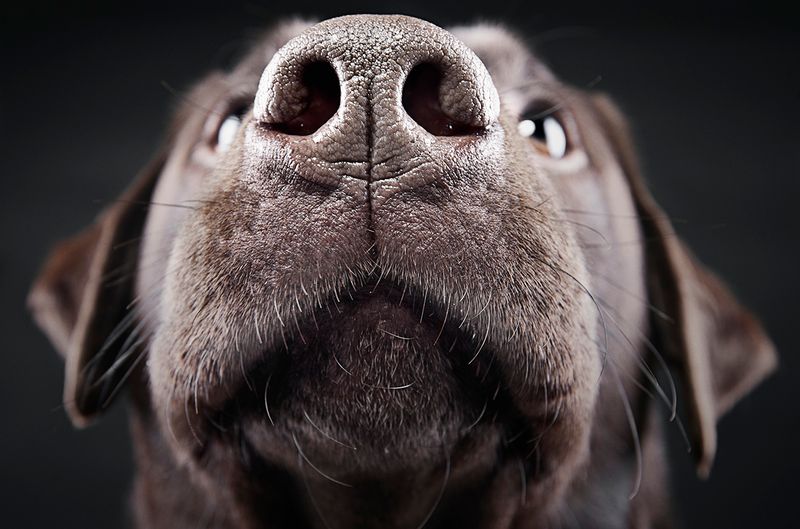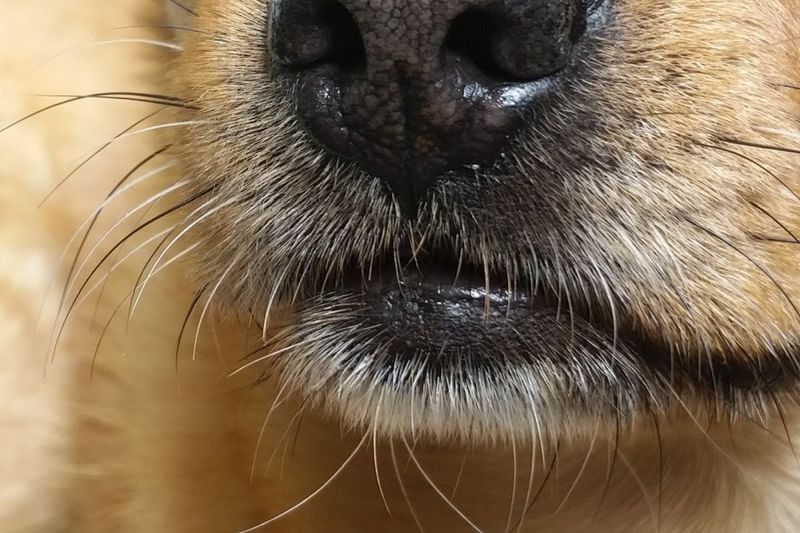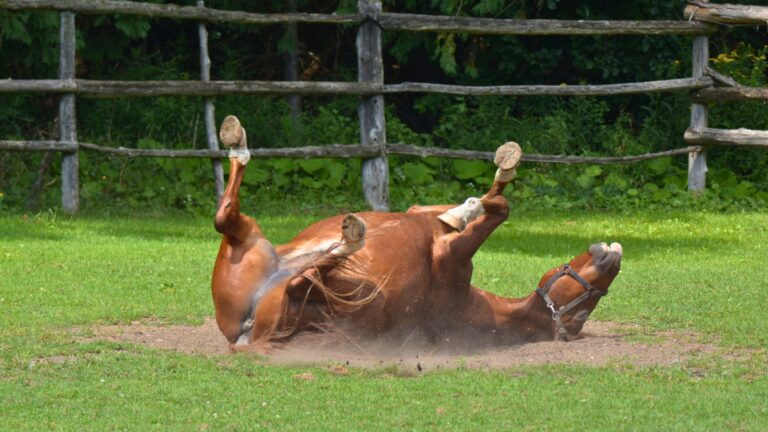16 Unique Ways Your Dog Interacts With The World Around Them

Ever wondered what it’s like to perceive the world through a dog’s eyes – or nose? Dogs experience life in vibrant and complex ways that go far beyond their wagging tails.
Their senses are fine-tuned instruments, making them experts at reading the environment, emotions, and even the subtle nuances of time.
1. Smelling In 3D

Dogs don’t just smell better than humans – they can smell in layers. Imagine decoding a complex recipe; that’s how your dog interprets scents.
With every sniff, they can separate individual smells, detecting details we can’t even fathom.
This ability allows them to understand more about their surroundings, like detecting who or what was there before.
2. Seeing Motion Better Than Detail

While their vision isn’t as sharp as ours, dogs excel at detecting movement. Picture them spotting a squirrel on the move from far away—you might see a blur, but they catch the action.
This capability is perfect for their natural instincts, allowing them to track prey effectively, even over long distances.
Next time your dog suddenly dashes off, know that they’ve detected motion in a way that outperforms any high-tech gadget. Motion is their visual superpower!
3. Reading Emotions Through Scent

Your dog can smell emotions like stress, fear, and happiness. It’s as if they have an emotional radar attuned to the chemical changes in sweat and hormones.
This isn’t just for show; their ability helps them respond appropriately to your feelings, offering comfort or enthusiasm as needed.
You might think you’re hiding your stress well, but your dog already knows. They’re like furry therapists, ready to support you with a wag and a nuzzle.
4. Feeling Vibrations In The Ground

Dogs have sensitive paws that pick up on tiny tremors in the ground. This sensory gift allows them to sense approaching footsteps, distant thunderstorms, or even underground critters.
Imagine the earth as a giant drum, and your dog’s paws are tuned to its beat. They can feel the world beneath them, understanding what’s coming long before you hear it.
So, next time they perk up for no apparent reason, remember – they’re feeling the earth talk.
5. Detecting Direction With Their Nose

With each nostril taking in different scent streams, dogs can pinpoint exactly where a smell is coming from. Think of their nose as a furry compass, guiding them with precision.
This ability is why they can track scents over long distances, navigating like expert scouts.
Whether it’s finding their way back home or locating a hidden treat, their noses lead the way, proving that sometimes, you just have to follow your nose.
6. Using Whiskers As Environmental Sensors

A dog’s whiskers are more than just facial adornments—they’re sophisticated environmental sensors. These special hairs detect air currents and nearby objects, even when it’s dark.
Imagine having your own radar system that alerts you to changes in your surroundings. Whiskers help dogs navigate tight spaces and sense obstacles, making them invaluable tools for nocturnal adventures.
For a dog, whiskers are like having a built-in GPS that works without a screen.
7. Interpreting The World Through Taste

Though not as robust as their sense of smell, a dog’s taste plays a crucial role—especially when paired with sniffing. When dogs lick things, they’re tasting the air to gather more information.
Imagine combining taste and smell to create a fuller picture of the world around you.
This dual-sensory approach helps dogs assess their environment, identify potential food sources, and even understand social cues. Licking isn’t just curiosity; it’s a sensory investigation.
8. Seeing Better In The Dark

Dogs have more rods in their eyes and a reflective layer called the tapetum lucidum. This setup lets them navigate low-light environments far better than humans.
Imagine having night-vision goggles built into your eyes. That’s how dogs manage to see in the dark, spotting details and movements with ease.
Next time your dog ventures out into a shadowy garden without hesitation, remember – they’re equipped for nocturnal adventures, seeing possibilities where we see only shadows.
9. Hearing High Frequencies You Can’t

Dogs hear pitches way beyond our range, making them experts at picking up sounds like distant dog whistles or the gentle crinkle of a chip bag.
Imagine tuning into a radio station that humans can’t hear. That’s your dog’s world—a symphony of high frequencies that alert them to everything from hidden critters to someone sneaking a snack.
While we miss out on these auditory treats, dogs are always in the know, ears attuned to the secrets of sound.
10. Mapping Their Territory With Urine

It’s not just marking—it’s sophisticated communication. A dog’s urine can send complex messages to other dogs about gender, mood, and territory boundaries.
Think of it as canine social media, where every mark tells a story, updates a status, or sets a boundary.
Dogs use these scent marks to navigate social structures and understand their place in the world.
11. Picking Up On Routine With Subtle Cues

Dogs are masters of routine, noticing tiny cues—like the jingle of keys or the rustle of a coat—that signal it’s time for a walk or trip.
Imagine having an internal clock synced with your daily habits. That’s how dogs predict your next move, always ready for the next adventure.
Whether it’s your morning coffee routine or evening relaxation, your dog knows the patterns, eagerly anticipating the familiar rhythms of life.
12. Reacting To Barometric Pressure

Changes in the weather? Dogs often sense it first. Shifts in barometric pressure or static electricity alert them to storms before we even hear thunder.
While we check apps for updates, dogs rely on their instincts and senses, often seeking shelter before the first raindrop falls.
13. Smelling Time

Yes, really. Dogs can track how long you’ve been gone based on how your scent fades in the house – like a clock made of smells.
This olfactory ability allows dogs to sense the passage of time, understanding when you’ve just left or are about to return. It’s a unique timekeeping method that relies on their exceptional noses.
14. Using Tail Wag Direction To Communicate

Left or right wag? It matters. Studies suggest dogs wag more to the right when happy, and more to the left when uncertain or nervous.
Dogs do this naturally with their tails, expressing emotions without a single bark.
Understanding these signals can deepen your bond, as you interpret what each wag direction means, communicating in a language beyond words.
15. Sensing Illness And Pain

From cancer to migraines, dogs have detected health issues in their humans using scent and behavior changes.
Dogs’ noses are finely tuned to detect these subtle shifts, offering comfort and alerting us to seek help.
Their ability to sense illness is not just remarkable but life-saving, proving once again their role as loyal companions.
16. Picking Up On Micro-Expressions

Dogs watch our faces closely and understand subtle facial shifts, often reacting to a smile, frown, or squint with empathy or excitement.
Dogs have this skill, recognizing micro-expressions that reveal emotions. This attentiveness helps them respond appropriately, offering support or joining in on joy.






